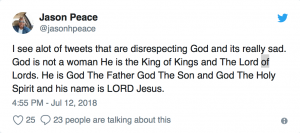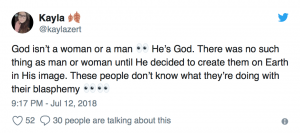Hasan Minhaj is an Indian-American Muslim, born and raised in Davis, California. He is a popular South Asian American comedian who received his own show called Patriot Act on Netflix after a very successful comedy special called Homecoming King. In the show Patriot Act, Hasan discusses and targets political and economic issues around the world. One episode, in particular, grabbed the attention of many as he discussed the murder of Jamal Khashoggi, a Washington Post Journalist. In the first section of the episode, his focal point is mainly the Crown Prince of Saudi Arabia,
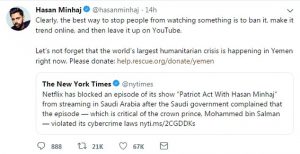
Mohammed bin Salman(MBS), and the extreme actions he takes to solve problems or even generate dispute. The decisions made by the MBS reflects how the world views the Muslim community. Muslims around the world have to face the consequences of a wrongful man’s actions. The episode, Saudi Arabia, caught the attention of MBS and was addressed to take it down, which Netflix did (in Saudi Arabia).
However, my attention is fixated on the second segment, where he speaks about the stereotypes of Indians. After the heavy material at the start of the show, Hasan was told to focus more on his Indian side, rather than his Muslim side. The reason for this is because saying one is Indian is less problematic than saying one is Muslim. At times Indians are not taken seriously or are highly respected because there is a stereotype among Indians, assuming they are don’t engage in scandals or are very well educated to become “doctors, lawyers, and engineers”. As a South Asian woman, I thoroughly enjoyed the second segment more because I related to and understood Hasan’s jokes. He emphasizes that “people love Indians” but began breaking the stereotypes by saying “if you have been watching the news lately, a lot of us have joined the dark side”. By saying this, Hasan destroys the misconception the Western world has about Indians and continues to use three Indian men John Kapoor, Bobby Jindal and Dinesh D’Souza, to crack the stereotype. By doing this it allows Indians to not follow or be represented by this “goodie two shoes” stereotype. John Kapoor “pharma entrepreneur who went rogue [..] bribed doctors into prescribing the potent opiate to non-cancer patients” to jab at the Kapoor refusing to wear an ankle bracelet, Hasan makes a brown uncle joke to lighten the mood which I found really funny and relatable. Bobby Jindal is a “former governor of Louisiana [..] who took a billion dollar state budget surplus and drove it straight to the ground”. Hasan again makes a joke about the stereotype of Indians that “go to colleges to work at hospitals”, relating this to Jindal and him damaging schools and hospitals. Hasan also mentions Jindal’s office painting by comparing it to a Fair & Lovely advertisement, a joke South Asians will understand. Finally, he acknowledges Dinesh D’Souza “far-right political commentator, author, filmmaker [who] says and writes insane sh*t.
To end his segment he shows a formulated video/PSA video of Indian kids wanting to be rebellious /follow the examples of people mentioned by Hasan. I think Hasan was very smart when deciding to talk about these issues during the second part of the show because his jokes were very cheerful and almost less serious. He wrapped up the episode by staying true kept true to both his identities, even though identifying as one of his identities, a Muslim, is controversial he brought it back to being Indian as well. He showed that he is proud of being both, regardless of the stereotypes.
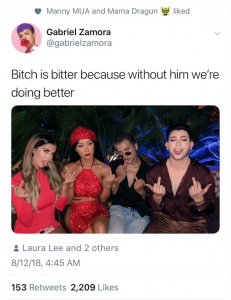
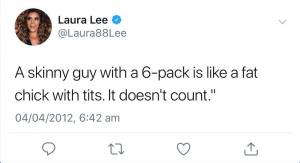
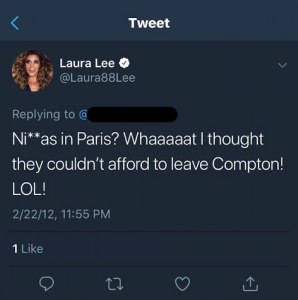
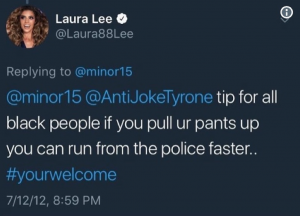

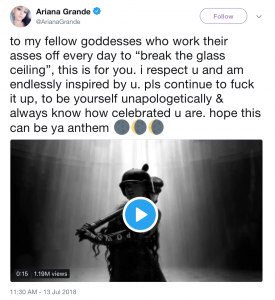 unapologetically & always know how celebrated u are. hope this can be ya anthem. ” The song truly is an anthem for female sexuality but the music video has many messages that showcase female empowerment.
unapologetically & always know how celebrated u are. hope this can be ya anthem. ” The song truly is an anthem for female sexuality but the music video has many messages that showcase female empowerment.